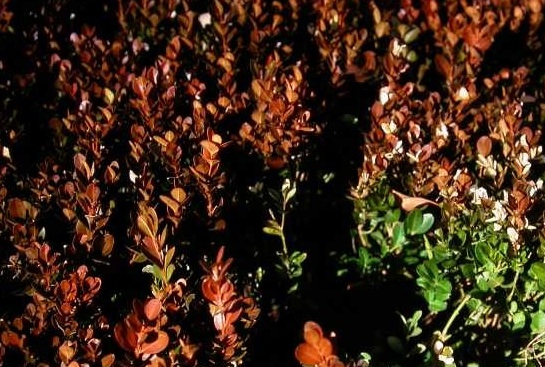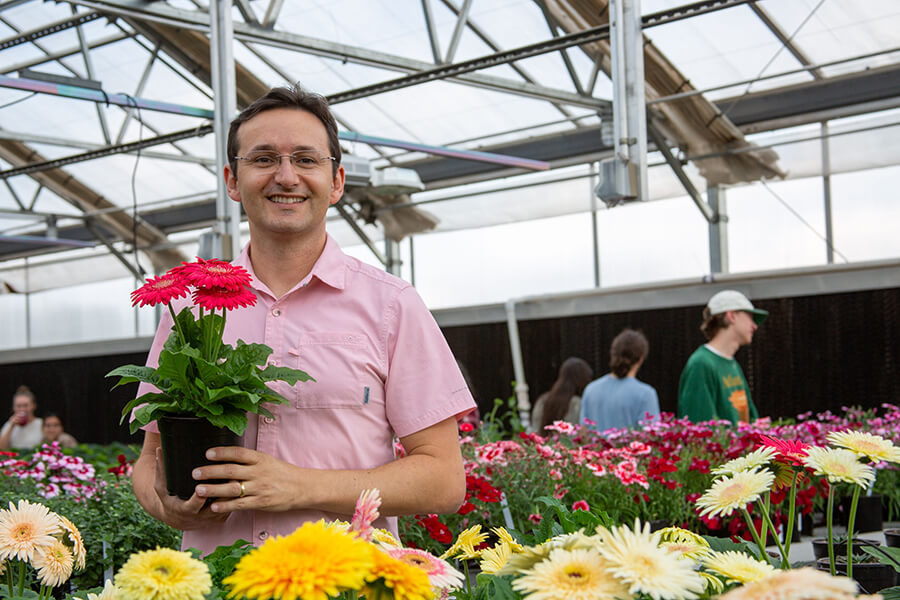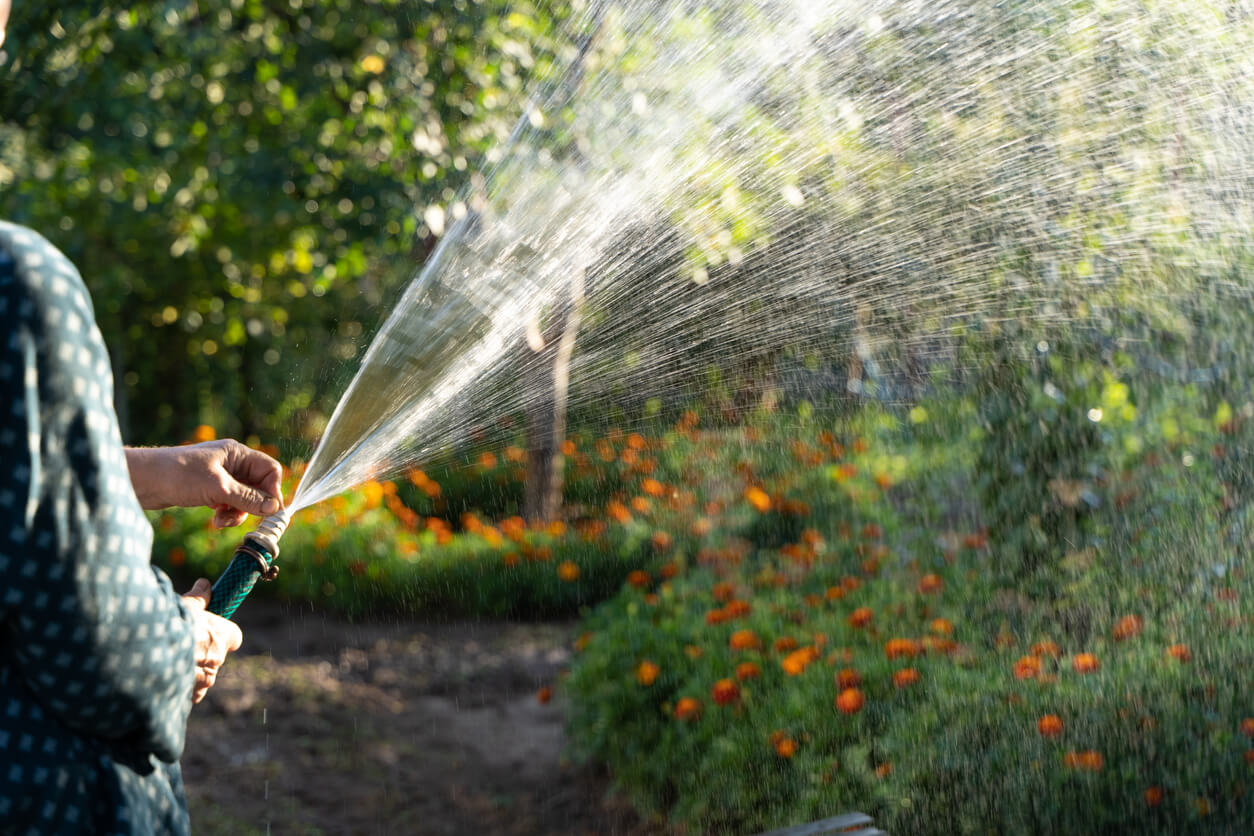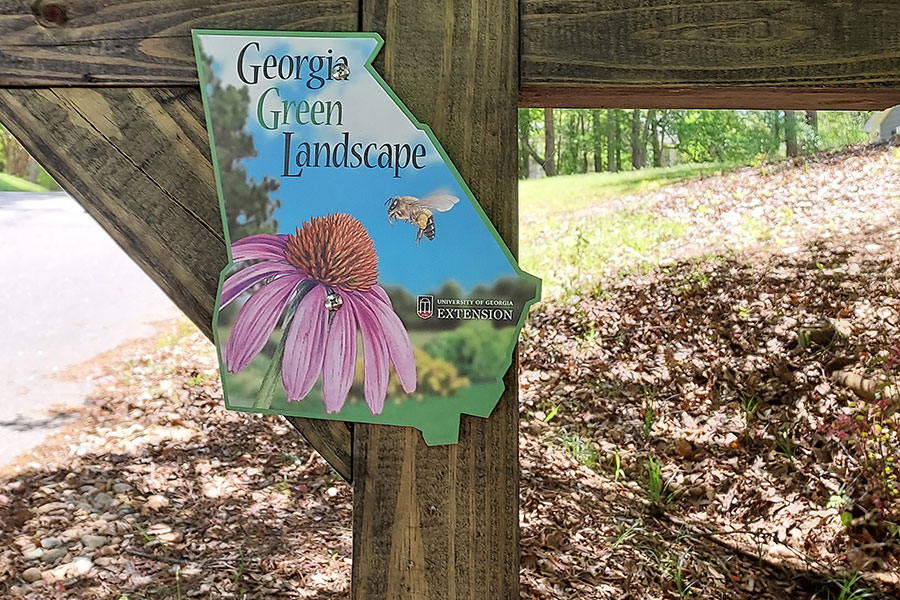If the leaves of the boxwoods in your landscape are turning reddish-brown, your plant is likely suffering from winter injury.
As with any tree or shrub in the landscape, boxwoods have their own set of diseases, insects and various other stress disorders. This time of year Extension offices receive a lot of calls about boxwoods turning a reddish-brown color.
Most clients say their boxwoods were a normal green color the previous summer. However, at some point during the fall and winter, they began to turn bronze.
Interestingly, this type of coloration in boxwoods is very common in shrubs that are stressed. The most common cause is a stress disorder known as winter injury. Boxwoods are very cold hardy and will not die as a result of this injury.
Although they may appear sick or diseased, this discoloration is usually temporary and will disappear as new spring growth emerges. This injury is most obvious when a severe cold freeze follows a period of mild temperatures. Georgia has had several warm to cold temperature extremes this past winter. Drought conditions during the fall and winter also can contribute to foliage injury and discoloration, too.
Sudden temperature changes during the winter can cause bronzing or discoloration of leaves as well as frost cracking of exposed stems and branches. Since water loss from these damaged stems is slow during the winter months, the damage may not be noticeable until spring.
Damage is usually more pronounced on plants located in sunny, exposed areas with west or southwest exposures to winter winds and winter sun. You can minimize the damage by avoiding these locations when planting boxwoods.
Reduce winter injury by mulching and maintaining uniform soil moisture the entire year. Mulching plants with wood chips or pine straw can help minimize drought stress. Never fertilize in late summer or fall with a fertilizer that contains large amounts of nitrogen, particularly in a quick release form. Spring and early summer are the best times to fertilize, but only if the plant needs it. A soil test will help determine the exact amount and types of nutrients the shrubs may lack.
A few diseases can also cause similar leaf symptoms in boxwoods. The easiest way to distinguish between a disease and winter injury is by observing the entire plant. Winter injury affects all the leaves on boxwood shrubs uniformly. Diseases tend to be more random and start out by affecting one or two branches initially and then spreading to other branches and nearby shrubs over time. Often, diseased leaves will form distinct brown spots with tiny black bumps. These are the fruiting structures of a fungal disease. The leaves may completely dry out and fall off the plant when diseased. In contrast, leaves that are discolored from winter injury will remain firmly attached to the branches.
For help diagnosing disease, insect and other problems on boxwoods, trees, or other shrubs, bring a plant sample to your local University of Georgia Cooperative Extension office. Many samples can be diagnosed in the office for free. If your county agent is unable to diagnose your problem, he or she can forward your sample to the insect and disease diagnostic labs at UGA. A nominal fee is charged to cover the cost of shipping samples.
Samples should include both healthy and abnormal leaves on a branch section at least 6 to 8 inches long. Place the sample in a sealed, zip-lock bag. Fresh samples collected and submitted early in the week are ideal.
For more information, contact your local UGA Extension office at 1-800-ASK-UGA1.








